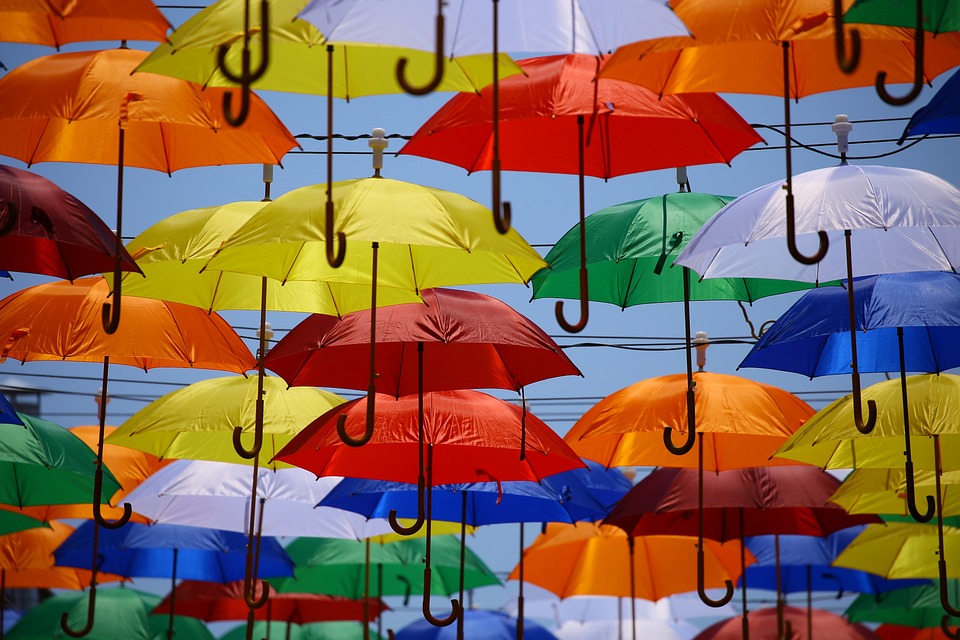Exploring the Power of Creativity in Problem-Solving
Creativity is a powerful tool that can be used to solve complex problems in unique and innovative ways. While many people associate creativity with art and design, it is also a crucial skill in the realm of problem-solving. Creativity allows individuals to think outside the box, come up with novel solutions, and approach challenges in a fresh and imaginative manner.
The Role of Creativity in Problem-Solving
Problem-solving is an essential skill in both our personal and professional lives. Whether we are faced with a technical issue at work, a disagreement with a friend, or a difficult decision to make, the ability to effectively solve problems is critical. Creativity plays a key role in this process by enabling us to approach problems from a different perspective and come up with innovative solutions.
One of the main benefits of using creativity in problem-solving is that it allows us to break free from conventional thinking patterns. When we approach a problem creatively, we are able to see it from multiple angles and consider a wider range of potential solutions. This can help us uncover new opportunities, identify alternative approaches, and ultimately find more effective solutions.
Creativity also helps us to think outside the box and challenge the status quo. By questioning existing assumptions and exploring unconventional ideas, we can discover innovative solutions that may have been overlooked by traditional problem-solving methods. This can lead to breakthroughs and advancements that have the potential to transform our lives and communities.
Practical Strategies for Using Creativity in Problem-Solving
There are several practical strategies that individuals can use to harness the power of creativity in problem-solving. One approach is to engage in brainstorming sessions with colleagues or friends. By coming together in a group setting and sharing ideas freely, individuals can stimulate one another’s creativity and generate a wide range of potential solutions to a problem.
Another strategy is to incorporate elements of play and experimentation into the problem-solving process. By taking a playful, open-minded approach to solving a problem, individuals can free themselves from the constraints of traditional thinking and explore unconventional ideas. This can lead to insights and discoveries that may not have been possible through more structured methods.
Collaboration is also a key aspect of using creativity in problem-solving. By working with others who have different perspectives, backgrounds, and expertise, individuals can leverage their collective creativity to generate more innovative solutions. Collaborative problem-solving can lead to a synergy of ideas and a diversity of approaches that can help to overcome complex challenges.
Additionally, it is important to create an environment that fosters creativity and encourages individuals to think creatively. This may involve setting aside dedicated time for brainstorming and creative thinking, providing opportunities for professional development and training in creative problem-solving techniques, and recognizing and rewarding creative thinking in the workplace.
The Benefits of Using Creativity in Problem-Solving
There are numerous benefits to using creativity in problem-solving. One of the primary advantages is that creative solutions can be more effective and efficient than traditional approaches. By thinking outside the box and considering a wider range of possibilities, individuals can identify innovative solutions that may not have been apparent through conventional methods.
Creativity in problem-solving can also lead to increased engagement and motivation among individuals. When people are encouraged to think creatively and explore new ideas, they are more likely to feel inspired and energized by the problem-solving process. This can lead to greater job satisfaction, higher levels of productivity, and a sense of fulfillment in both professional and personal endeavors.
Furthermore, creativity in problem-solving can lead to greater resilience and adaptability in the face of challenges. By approaching problems with a creative mindset, individuals can develop the skills and confidence needed to navigate uncertainty and tackle complex issues. This can help to build resilience, foster a growth mindset, and enable individuals to thrive in dynamic and evolving environments.
In conclusion, creativity is a powerful tool that can be used to enhance problem-solving and generate innovative solutions. By thinking creatively, challenging traditional thinking patterns, and collaborating with others, individuals can uncover new opportunities, identify alternative approaches, and ultimately find more effective solutions to complex challenges. By harnessing the power of creativity in problem-solving, individuals can unlock their full potential, drive positive change, and make a lasting impact in the world.
